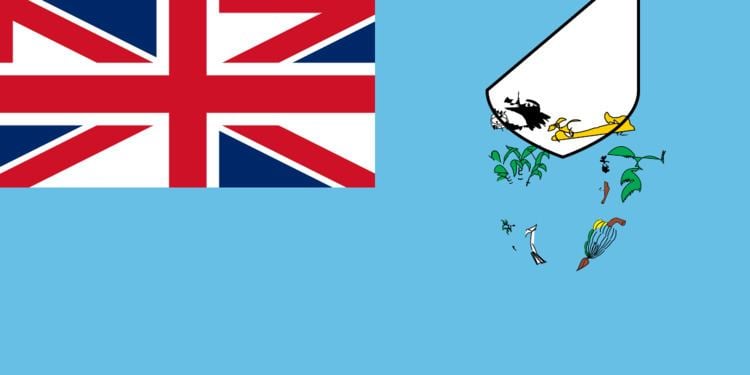Density 49.4/km Death rate 6.0 (2014 est.) 0–14 years 28.2% (2014 est.) Population 881,065 (2013) GNI per capita 7,590 PPP dollars (2013) | Birth rate 19.8 (2014 est.) Infant mortality rate 10.2 (2014 est.) 15–64 years 66.0 (2014 est.) Life expectancy 69.74 years (2012) Population growth rate 0.7% annual change (2013) | |
 | ||
Fertility rate 2.62 births per woman (2012) | ||
The demographic characteristics of the population of Fiji are known through censuses, usually conducted in ten-year intervals, and has been analysed by statistical bureaus since the 1880s. The Fijian Bureau of Statistics (FBOS) has performed this task since 1996, the first enumerated Fiji census when an independent country. The 2007 census found that the permanent population of Fiji was 837,000. The population density at the time was 45.8 inhabitants per square kilometre, and the overall life expectancy in Fiji was 72.1 years. Since the 1930s the population of Fiji has increased at a rate of 1.1% per year. Since the 1950s, Fiji's birth rate has continuously exceeded its death rate. The population is dominated by the 15–64 age segment. The median age of the population was 27.9, and the gender ratio of the total population was 1.03 males per 1 female.
Contents
Map of Fiji
Indigenous Fijians, the native inhabitants of Fiji, are a mixture of Polynesian and Melanesian, resulting from the original migrations to the South Pacific over time. The Indo-Fijian population increased rapidly from the 61,000 people brought from India between 1879 and 1916 to work in the sugarcane fields, many who later would lease/own the sugar cane plantations. Thousands more Indians migrated voluntarily in the 1920s and 1930s and formed the core of Fiji's business class.
In 1977 The Economist reported that ethnic Fijians were a minority of 255,000, in a total population of 600,000 of which fully half were of Indian descent, with the remainder Chinese, European and of mixed ancestry. Fiji shares with Kazakhstan the distinction of its indigenous ethnic group having been a minority in its own country in recent history but having since regained its majority, in both cases due to large-scale emigration and lower birth rates of the non-indigenous ethnic population.
The native Fijians live throughout the country, while the Indo-Fijians reside primarily near the urban centres and in the cane-producing areas of the two main islands. Nearly all of the indigenous Fijians are Christian, with some two-thirds being Methodist. The Indo-Fijians, by contrast, have a similar religious mix as their homeland: some 77 percent of the Indo-Fijians are Hindu, with a further 16 percent being Muslim and 6 percent Christian. There are also a few Sikhs.
A national census is supposed to be conducted every ten years, but the census intended for 2006 was postponed until 2007. Finance Minister Ratu Jone Kubuabola announced on 27 October 2005 that the Cabinet had decided that it would not be in the country's interest to have a census and a general election in the same year. "Peoples’ focus on the elections could have an impact on their cooperation with census officials", he said. The Statistics Office supported Kubuabola's announcement, saying that public interest in the general election would likely distract people's attention from the census, making it problematic to conduct.
Ethnic groups
According to the 2007 Census of Fiji, the number of Fijians increased from 393,575 to 475,739, while the number of Indians decreased from 338,818 to 313,798. According to government statistics, the latest estimated population of Indigenous Fijians is counted at 511,838, while there are 290,129 Indians and 56,071 Others (January 2012).
Religions (1996 census)
† Includes atheists and agnostics.
Source: Fiji Statistics Department
As of the end of 2006 the LDS church reports 14,448 members in Fiji, which equal about 1.4% of the population. The LDS church also operates a temple in Fiji.
CIA World Factbook demographic statistics
The following demographic statistics are from the CIA World Factbook, unless otherwise indicated.
Population:
827,900
Age structure:
0-14 years: 33% (male 141,779; female 136,212)
15-64 years: 63% (male 263,127; female 262,686)
65 years and over: 4% (male 13,405; female 15,285) (2000 est.)
Population growth rate:
0.67% (2015 est.)
Birth rate:
19.43 births/1,000 population (2015 est.)
Death rate:
6.04 deaths/1,000 population (2015 est.)
Net migration rate:
-6.75 migrant(s)/1,000 population (2015 est.)
Sex ratio: at birth:
1.05 male(s)/female
0-14 years: 1.05 male(s)/female
15-24 years: 1.04 male(s)/female
25-54 years: 1.05 male(s)/female
55-64 years: 1.02 male(s)/female
65 years and over: 0.85 male(s)/female
Infant mortality rate:
30 deaths/100,000 live births (2015 est.)
Life expectancy at birth:
Total: 9.94 deaths/1,000 live births
Male: 10.97 deaths/1,000 live births
Female: 8.87 deaths/1,000 live births (2015 est.)
Total fertility rate:
2.47 children born/woman (2015 est.)
Ethnic groups:
iTaukei 56.8% (predominantly Melanesian with a Polynesian admixture), Indian 37.5%, Rotuman 1.2%, other 4.5% (European, part European, other Pacific Islander, Chinese)
Languages:
English (official), Fijian (official), Hindustani
Religions:
Protestantism 45% (Methodism 34.6%, Assembly of God 5.7%, Seventh-day Adventist 3.9%, and Anglicanism 0.8%), Hinduism 27.9%, other Christianity 10.4%, Roman Catholicism 9.1%, Islam 6.3%, Sikhism 0.3%, other 0.3%, none 0.8% (2007 est.)
